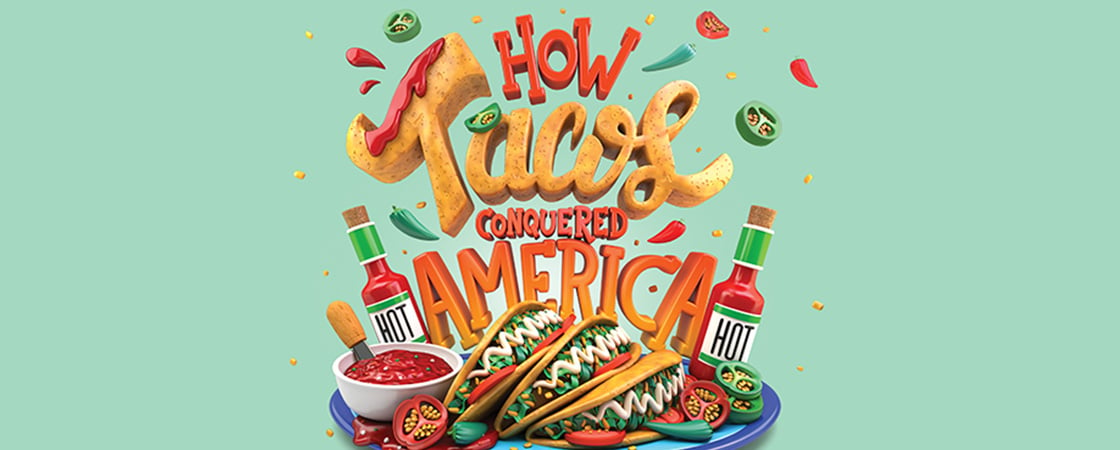The aroma was irresistible: sweet and earthy, like a field of fresh corn. The sound was unmistakable: a sudden sizzle as fresh tortillas hit the fryer. It was 1947, and diners at one of New York City’s first Mexican restaurants knew exactly what they wanted: crunchy tacos stuffed with tender pork, savory beans and sausage, or chili-spiced chicken.
Or maybe one of each?
There was just one problem. The cooks at the restaurant hated making them! Each cornmeal tortilla shell had to be individually fried in scalding oil. The cooks had to turn each tortilla by hand until it was perfectly crispy. The process was dangerous—and painful. The cooks had the burns to prove it.
Fearing that his staff would quit, restaurant owner Juvencio Maldonado knew he had to do something. Before coming to the U.S., Maldonado had trained as an electrician in Mexico. Now he put his expertise to work. He tinkered and fiddled until finally, he had it: a device that allowed cooks to fry taco shells—up to seven at a time—without having to touch them.
In 1950, Maldonado received a patent for the world’s first mechanical taco fryer. He didn’t know it at the time, but inventions like his would help tacos become an American hit, forever changing the way we eat.
The aroma was irresistible. It was sweet and earthy, like a field of fresh corn. The sound was unmistakable. It was a sudden sizzle as fresh tortillas hit the fryer. The year was 1947. Diners at one of New York City’s first Mexican restaurants knew what they wanted: crunchy tacos. You could have one stuffed with pork, beans and sausage, or chicken.
Or maybe one of each?
There was just one problem. The cooks hated making them! Each cornmeal tortilla shell had to be individually fried in hot oil. The cooks had to turn each tortilla by hand until it was crispy. The process was dangerous—and painful. The cooks had the burns to prove it.
Juvencio Maldonado, who owned the restaurant, feared that the cooks would quit. He knew he had
to do something. Before coming to the U.S., Maldonado had trained as an electrician in Mexico. Now he put his expertise to work. He tinkered until finally, he had it. His new device allowed cooks to fry taco shells—up to seven at a time—without having to touch them.
In 1950, Maldonado received a patent for his device. It was the world’s first mechanical taco fryer. He didn’t know it then, but inventions like his would help tacos become an American hit, forever changing the way we eat.

